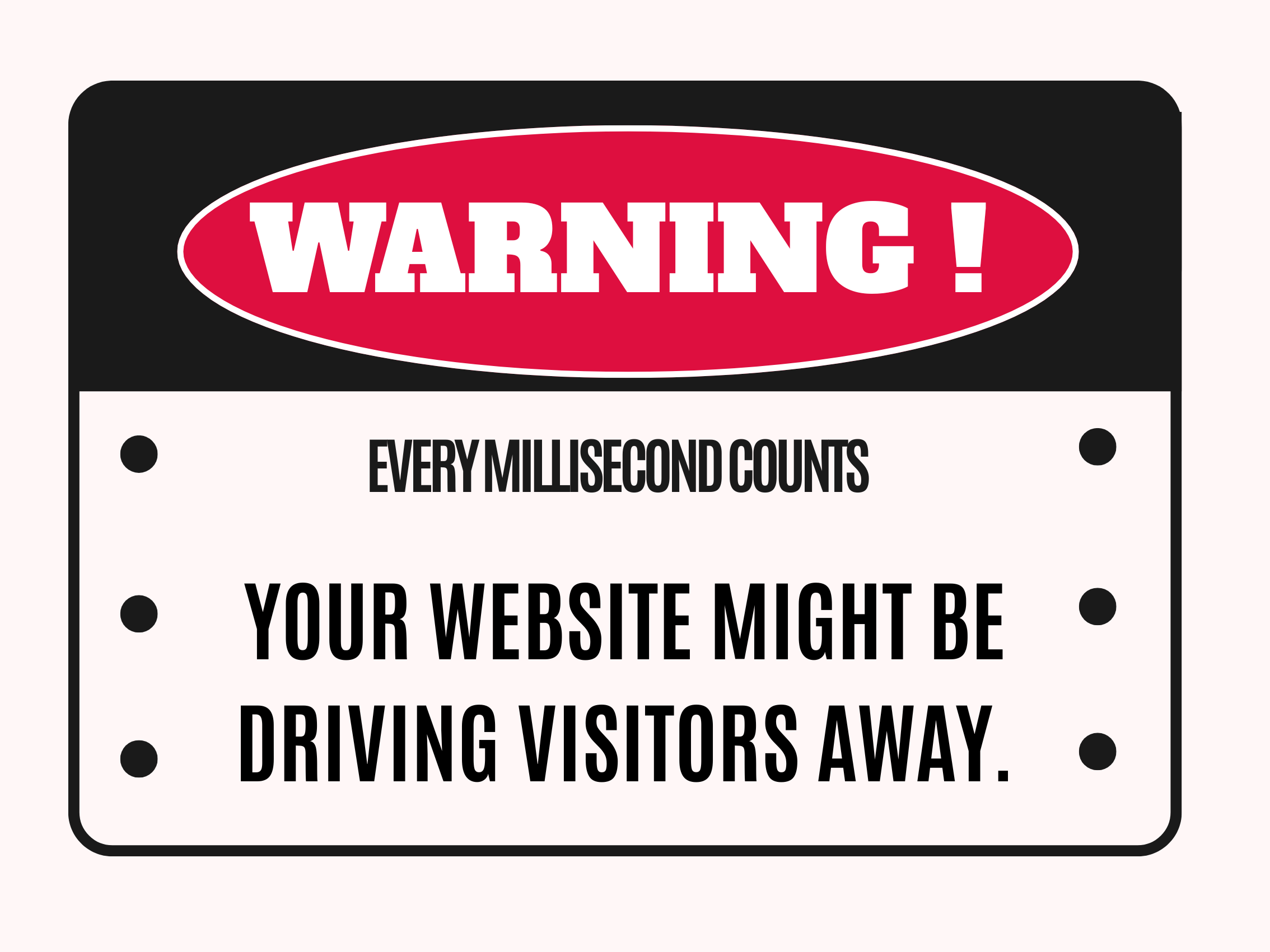In today’s lightning-fast digital world, website loading speed isn’t just a tech detail; it directly affects your business success. Picture this: a potential customer clicks your website link, but the page loads really slow. Before they even glimpse your offer, impatience wins and just like that, a possible sale is gone. This isn’t just guesswork. According to Google’s research (2016), 53% of mobile users abandon a site if it takes longer than three seconds to load.
Here’s the truth: speeding up your website and taking steps to improve page speed fuel your conversion rate optimization strategies, and take you closer to getting to the top of Google search results. Improving page speed isn’t optional; it’s your secret weapon to winning attention, trust, and sales in a world where nobody waits.
The Hidden Cost of a Slow Website
In 2006, Amazon found that just a 100-millisecond delay in load time could cost them 1% in sales. When every millisecond matters, improving page speed becomes a business-critical metric, not just a technical concern.
Years later, Akamai reported similar findings. According to their State of Online Retail Performance Report (2017), a 100ms delay can lead to a 7% drop in conversion rates.

But why does speed have such a profound effect on conversions? Research points to key psychological and behavioral factors:
- Impatience threshold: As mentioned earlier, users’ tolerance for waiting is short, studies indicate that after roughly 3 seconds, especially on mobile devices, users begin to lose patience and reconsider their engagement. (Google, 2016)
- Perceived trust and quality: Slow-loading websites subconsciously trigger doubts about credibility and security, undermining users’ willingness to proceed with transactions. (Nielsen Norman Group, 2020)
- Interrupted flow: Delays disrupt users’ focused progress toward their goals, leading to increased cart abandonment and form drop-off rates. (Google, 2016)
In today’s fast-paced digital environment, speed can be the defining difference between capturing a customer and losing them to impatience or doubt. The takeaway is clear: actively working on speeding up your website and finding ways to improve page speed isn’t optional anymore, it’s essential. These efforts directly support higher engagement and better conversion rates, which ultimately boost your revenue.
What Does Speed Actually Deliver?
Website speed goes beyond just enhancing user experience, it has a direct impact on your business’s bottom line. When you focus on speeding up your website and consistently work to improve page speed, you’re activating powerful levers that drive measurable commercial results. Research-backed insights reveal exactly how improved performance translates into business growth:
The Rise of GEO (Generative Engine Optimization)
While site speed is already crucial for traditional SEO, AI-powered search is introducing new rules of the game, and one of the emerging concepts is GEO.
GEO focuses on optimizing your content and technical performance so that AI-driven search engines (like Google’s Search Generative Experience or Bing’s AI answers) choose your website as a trusted source to reference or summarize. This means your site’s visibility isn’t just determined by ranking positions, but also by how often and prominently AI overviews feature your content.
To achieve this, you first need to have digital visibility. AI can’t feature you if it can’t find you. That visibility still comes from the same foundations: fast, high-performing websites and reliable, authoritative content. If your site loads quickly, speeding up website performance and improving page speed, delivers information efficiently, and consistently maintains quality, you increase the likelihood of being chosen as a cited source in AI-generated results.
In this new environment, site speed matters for an additional reason: AI models often prioritize faster-loading sources because they can retrieve and process content more quickly. A slow site risks being excluded from these instant AI results entirely.
For a detailed breakdown of GEO, see Aleyda Solis’ in-depth article.
Stronger SEO, and Organic Visibility
Google’s Core Web Vitals have made improving page speed and speeding up websites fundamental factors in improving Google search rankings.
Yet, there’s still a common misconception: Many assume site speed and better SEO results are just about achieving a high PageSpeed score. But that’s only part of the story. What truly matters in both rankings and revenue is how fast your site feels to real users. If you want to get to the top of Google search results, focusing on speeding up your website to enhance real user experience is crucial.
That starts with Largest Contentful Paint (LCP): The time it takes for the most meaningful part of your page (like the main image or headline) to appear. Google doesn’t care when your JavaScript finishes loading, it cares when your visitor sees what they came for. And if that doesn’t happen in under 3 seconds on mobile, you’re already behind.
Add to that Cumulative Layout Shift (CLS): A metric that tracks how stable your page is while loading. If elements jump around, buttons shift, or content flickers, it signals poor quality. Users notice that, and so does Google. As Cloudflare highlights, even small efforts to improve page speed can lead to significantly better user engagement and stronger business outcomes.
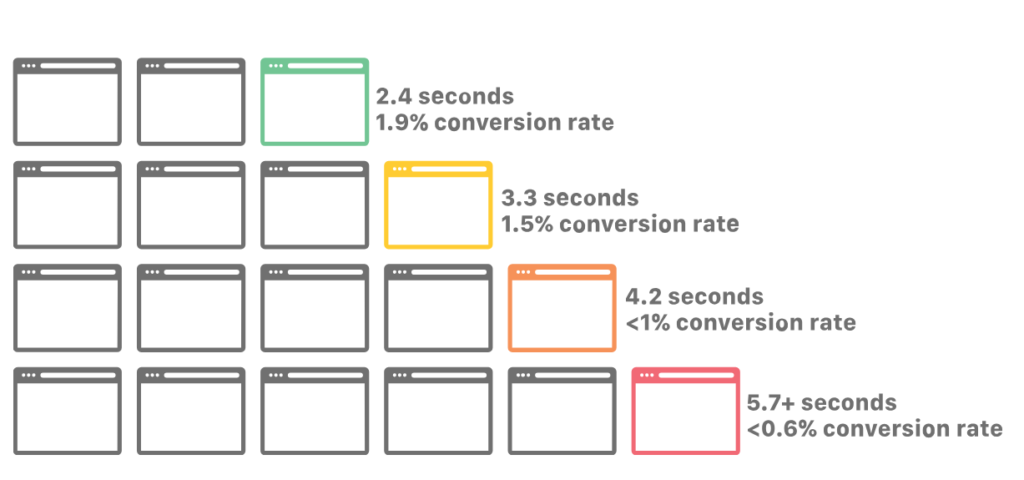
More Efficient Paid Media
Page speed directly impacts your Google Ads Quality Score, making it a critical component of any conversion rate optimization strategies. A higher Quality Score not only improves your ad positioning but also lowers the amount you pay per click, meaning your budget goes further without increasing spend.
When you focus on speeding up your site and making your landing pages load quickly, users are far more likely to stay, engage, and take action. This leads to lower bounce rates, higher engagement metrics, and stronger overall ad performance. A fast-loading page ensures that the momentum you’ve built through your ad creative and targeting doesn’t get lost at the final stage, the moment when a potential customer lands on your site.
This improved user experience doesn’t just lift engagement metrics; it directly reduces cost-per-click (CPC) and cost-per-acquisition (CPA), allowing you to stretch your advertising budget further and capture more conversions for the same spend. Over time, these incremental gains compound, driving a noticeable lift in ROI across all campaigns.
By improving page speed, you don’t just enhance technical performance, you increase the return on every marketing dollar, drive more qualified traffic, and unlock more efficient, high-converting paid media strategies that scale profitably and help you get to the top of Google search results.
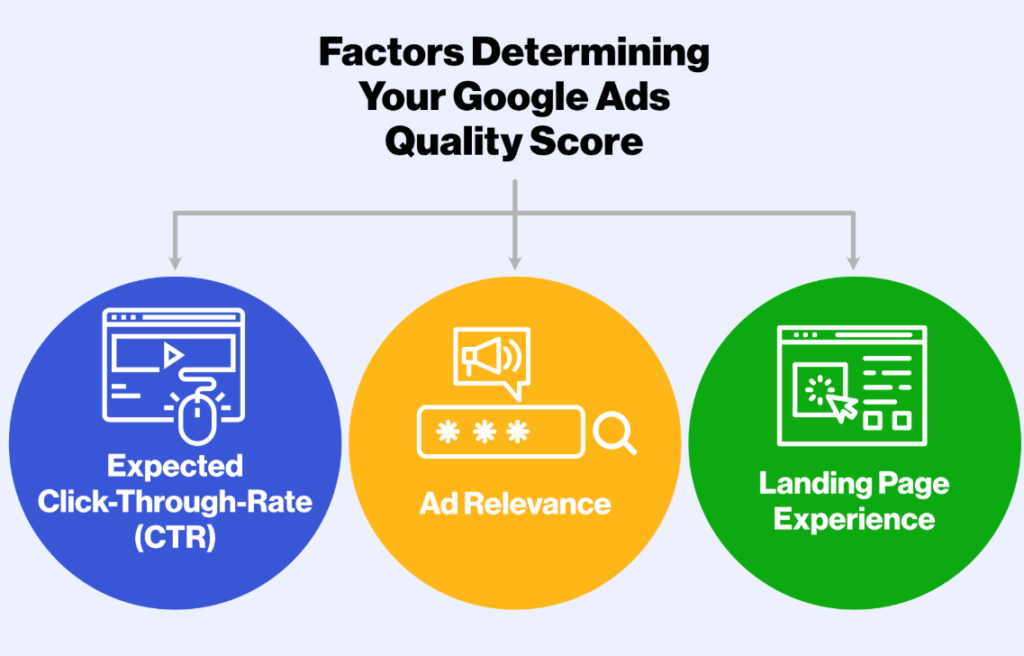
Lower Infrastructure Costs, Higher ROI
Speeding up your website doesn’t just benefit your users, it makes your entire backend more efficient. When you improve page speed, your pages load faster, consume less bandwidth, and place less strain on your servers; all while handling traffic spikes with greater stability. This efficiency directly translates into lower costs, while also reducing the risk of downtime during peak periods.
Over time, these operational savings free up budget that can be reinvested into performance improvements, product development, or scaling your business. In short, faster websites are not only better for users; they’re smarter for the business.
Explore 10 real-world case studies that prove faster sites win — in traffic, conversions, and revenue.
Lower Bounce & Abandonment Rates
Every millisecond of delay increases the chance that users will leave your site before it even loads. High bounce and abandonment rates are a clear signal that something’s not working, especially when your visitors don’t even stay long enough to see your content. People expect instant access. If they don’t get it, they move on, often to a competitor. By improving page speed and speeding up your website, you reduce frustration, keep users from dropping off, and create a smoother, more welcoming experience that encourages them to stay and explore. This is an essential element of strong conversion rate optimization strategies, helping turn visitors into engaged customers and enabling you to get to the top of Google search results.

Real-World Wins: Brands That Boosted Sales by Speeding Up
When it comes to speeding up your site; there’s no shortage of theory, but real proof comes from the giants who’ve put these strategies into action. Backed by powerful research from Google and Deloitte, the following case studies reveal how some of the world’s biggest brands turned milliseconds into millions by turbocharging their websites.
These aren’t just numbers; they’re game-changing results that show why speeding up your site is one of the smartest moves in any conversion rate optimization strategy and a must to improve google search ranking and ultimately get to the top of google search results.

1. BMW: Mobile Site Overhaul Jumped Traffic from 8% to 30%
BMW rebuilt their mobile site with a laser focus on speed. This strategic move led to mobile traffic soaring from 8% to 30%, demonstrating how crucial improve page speed is for user engagement, especially on mobile devices. Their success story highlights how companies aiming to get to the top of google search results must prioritize mobile performance as part of their overall site speed and SEO efforts.
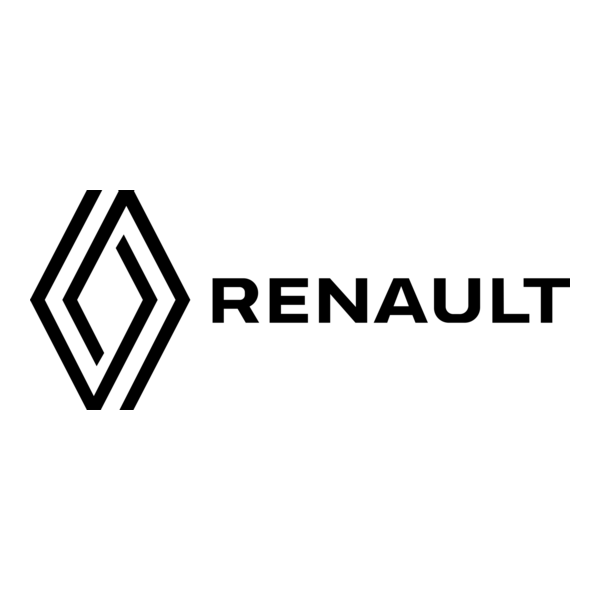
2. Renault: A 1-Second Speed Boost Led to 13% More Conversions
Renault analyzed over 10 million visits across 33 countries and found something clear: just 1 second faster page load made a real difference. When their key content loaded one second faster, conversions increased by 13%, and bounce rates dropped by 14 percentage points. In their top five European markets, the share of users experiencing fast pages rose from 51% to 73%. This shift wasn’t about flashy design changes — it was about delivering a smoother, quicker experience.
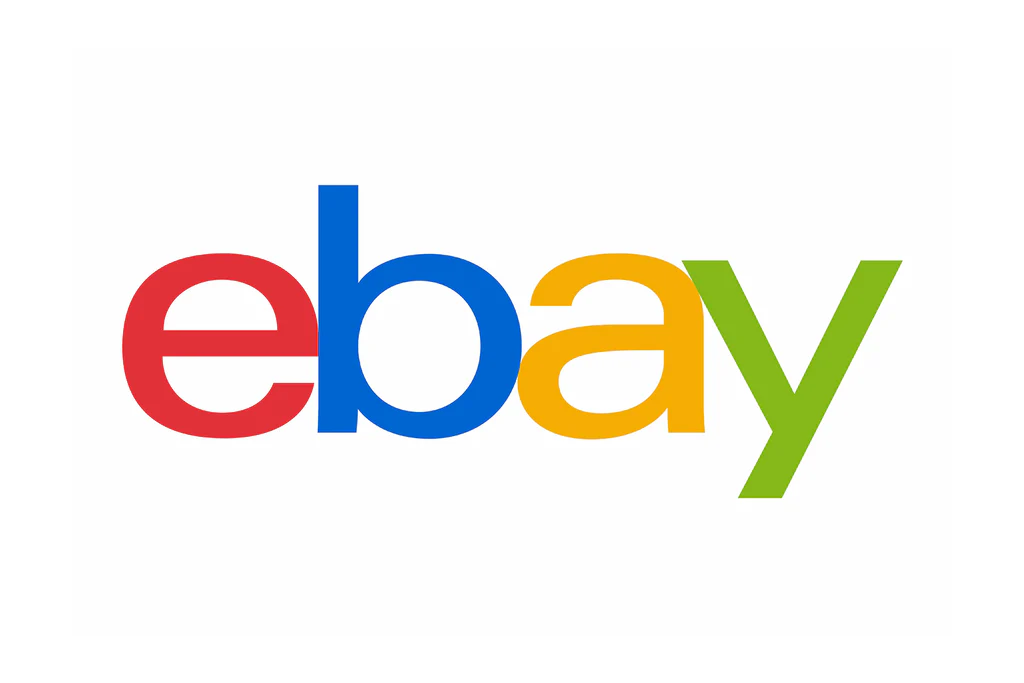
3. eBay: Every 0.1s Faster Load Time Boosted “Add to Cart” Rate by 0.5%
eBay’s detailed analysis revealed that even the smallest improvements in page speed could drive meaningful increases in engagement. For every 0.1-second improvement in load time achieved by speeding up their website and working to improve page speed, the number of users adding items to their cart increased by half a percent. While 0.5% might seem small, scaled over millions of users, it translates into huge revenue gains. This example underscores the power of conversion rate optimization strategies tied to site speed.
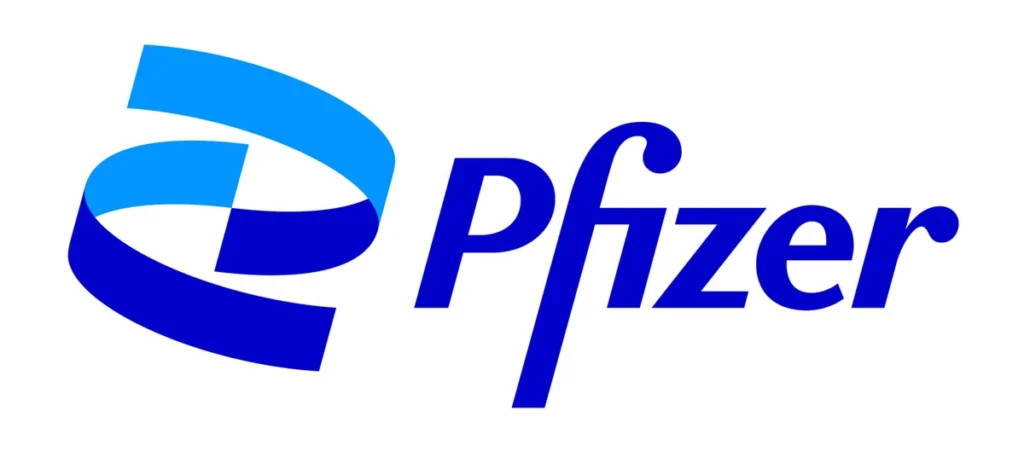

4. Pfizer / TUI: Bounce Rate Fell 31%, Load Time Cut by 78%, Mobile Conversions Increased 11%
Pfizer and TUI partnered on a comprehensive initiative to speed up their websites. The results were dramatic: bounce rates dropped by nearly a third, load times were slashed by more than three-quarters, and mobile conversions rose by 11%. This case clearly demonstrates how effective conversion rate optimization strategies include continuous efforts to improve page speed for tangible business benefits.
How Much Is Site Speed Costing You Every Month?
Let’s do a simple calculation, but one that might make you rethink your priorities.
Imagine your online store brings in 25,000 monthly visits, has a conversion rate of 2.5%, and generates $25,000 in monthly revenue. That means:
- Each visitor is worth about $1
- Your average order value is around $40
Now say your website could be sped up by just 0.75 seconds. That doesn’t sound like much- less than the time it takes to blink- but based on Amazon’s benchmark (1% sales loss for every 100ms delay), the cost adds up fast:
- 0.75 seconds = 750ms → 7.5% revenue impact
- Potential gain = $25,000 × 7.5% = $1,875/month. That’s nearly $22,500 per year, just by making your site a little faster.
And if we use Akamai’s data (up to 7% drop in conversions for every 100ms delay), the stakes are even higher:
- 0.75 seconds = 52.5% impact
- Potential gain = $13,125/month, which adds up to $157,500 per year.
What About Lead-Based Sites?
Let’s switch to a different type of site, one that doesn’t sell products, but collects leads.
Say your site brings in 5,000 visitors per month, converts 2% of them into leads, and nets you 100 leads a month. Not bad. But if your site takes 1 second longer to load than it could, what’s the cost?
According to Amazon’s model:
- Every 100ms delay = 1% fewer conversions
- 1 second = 10% fewer leads
- That’s 10 leads lost every month, or 120 leads lost per year.
With Akamai’s estimate (up to 7% drop in conversion for a 100ms delay), the difference becomes even more striking:
- You could be missing out on 70 extra leads each month, which adds up to 840 lost leads per year.
Depending on the value of each lead, this could mean thousands of dollars in opportunity loss every month. It’s not just about faster pages, it’s about more sales calls, more demos, and more deals closed. To fully understand these impacts and take action, it’s critical to regularly check web performance and consistently improve page speed.
Common Misconceptions About Site Speed – And the Reality
Many businesses fall into common traps when thinking about site speed, often holding onto myths that can limit their growth and conversion potential. Let’s debunk some of the most persistent misconceptions about speeding up websites and efforts to improve page speed with data-backed realities.
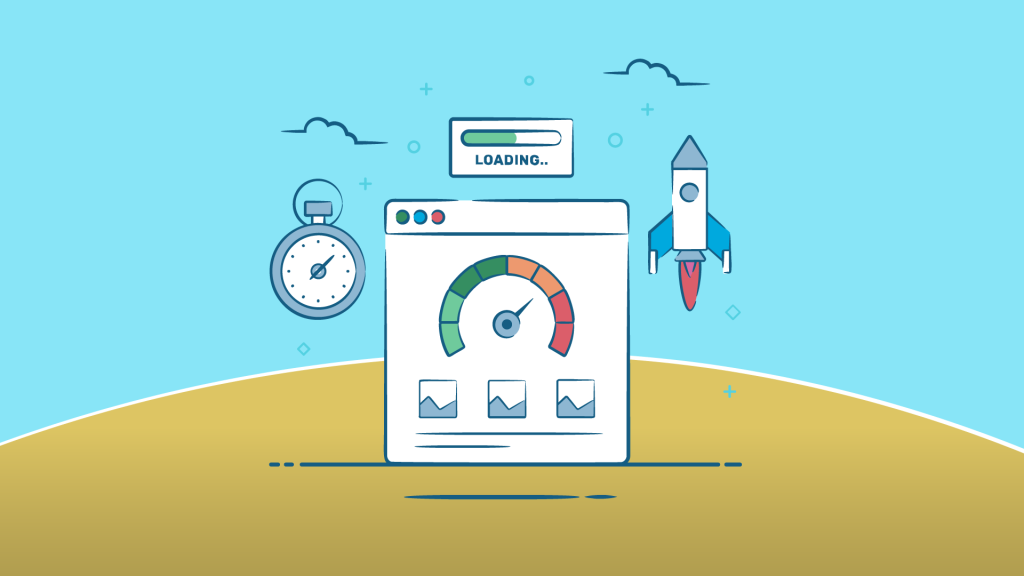
Myth 1: “Our niche audience will wait.”
Some companies assume that because their audience is specialized or B2B, users will tolerate slower load times. However, research shows that even B2B lead-generation sites experience a 21.6% increase in form submissions after reducing load time by just 0.1 seconds. This means that speed matters universally; every visitor values fast, seamless experiences, regardless of niche or industry.
Myth 2: “Faster pages mean sacrificing visual quality.“
There’s a widespread belief that optimizing for speed forces brands to reduce image quality or visual richness, which can hurt brand perception. But top brands like BMW have proven otherwise: by using modern web technologies such as AMP (Accelerated Mobile Pages) and PWA (Progressive Web Apps), they maintained premium, high-resolution imagery while increasing mobile traffic by 4x. This demonstrates that speed and stunning visuals are not mutually exclusive.
Myth 3: “We optimized last year; now we’re done.”
Website performance isn’t a one-time fix. Many organizations don’t realize that site speed can degrade over time due to factors like added third-party scripts, heavier JavaScript libraries, or new content. This phenomenon, known as performance regression, can wipe out previous improvements within months if not monitored continuously. Thus, ongoing efforts in speeding up your website and regular audits are critical to sustaining high conversion rates and improving search rankings.
Understanding and acting on these realities is essential for businesses aiming to strengthen their conversion rate optimization strategies, improve page speed consistently, and ultimately get to the top of Google search results.
Missed Points By Many Companies
Local Optimization ≠ Global Speed
Many companies believe that optimizing their website speed on local servers or in their home market automatically solves performance issues for users worldwide. However, this is a common misconception. While your site may load quickly when tested from your office or data center, users in other parts of the world often experience much slower load times due to factors beyond your local environment.
Network latency, internet infrastructure differences, and regional internet speeds can greatly affect how fast a site loads. What feels fast locally can feel sluggish halfway across the globe.
Without thorough global testing and efforts to speed up your website everywhere, businesses risk assuming their site is performing well everywhere when in reality large segments of their audience are experiencing delays. This leads to higher bounce rates, lost conversions, and missed growth opportunities in important international markets – all of which can undermine the effectiveness of your conversion rate optimization strategies, your efforts to improve page speed globally, and your ability to get to the top of Google search results.
Desktop Speed Metrics Can Be Misleading
Testing website speed on a high-end desktop with a fast and stable internet connection provides a limited picture of user experience. Real users, especially those on mobile devices, face a wide range of conditions that affect loading speed. Mobile devices typically have slower processors and less memory, and many users rely on variable cellular networks or lower-quality Wi-Fi.
This means that while your website may load quickly in your office or on your own device, many users -especially on mobile- face slower, inconsistent experiences. Desktops rarely reflect this reality. To truly understand how your site performs, speed testing should simulate real user environments, including mobile devices and slower connections, and should be conducted from multiple geographic locations. Only then can you get a realistic view of your site’s true speed and user experience, and make informed decisions to speed up your website, improve page speed, and ultimately get to the top of Google search results.
The Limits of Traditional CDNs
Content Delivery Networks (CDNs) play an important role in improving website speed by caching certain parts of your site -like images, scripts, and stylesheets- closer to the user. However, most traditional CDNs only cache these static assets rather than delivering the full website instantly.
This means that first-time visitors or requests for dynamic or uncached content still have to wait for data to travel from your origin server, often located far away. Additionally, CDN performance varies by region depending on where their edge servers are located and how well the CDN is configured. Without ongoing tuning and monitoring, users in some regions may still experience slow load times despite having a CDN in place. Simply adding a CDN is not a “set and forget” fix for global website performance.
Globaliser: Full-Site Delivery Without Delays
Globaliser takes performance optimization a step further by delivering your entire website instantly from strategically located global edge servers. Unlike traditional CDNs that cache only parts of your site, Globaliser ensures that every visitor, no matter their location, experiences the full site with minimal delay; effectively speeding up your website on a global scale.
For businesses focused on maximizing conversions and user engagement, this full-site delivery model is a game changer that supports strong conversion rate optimization strategies, helps improve page speed consistently, and enables you to get to the top of Google search results.
Learn more about how Globaliser’s SpeedFirst WordPress Hosting can transform your website performance and see how our solution delivers unmatched speed and reliability worldwide.
Beyond Business: The Environmental Impact of Slow Websites
The hidden cost of a slow, poorly optimized website isn’t just lost customers – it’s also a heavier burden on our planet. According to a study by the Boston Consulting Group, the internet is responsible for around 1 billion tonnes of greenhouse gases every year. To put that into perspective, if the internet were a country, it would be one of the world’s largest emitters, comparable to the aviation industry.
Every piece of data we send across the web -from server to network to user device- consumes electricity. And the longer it takes for a page to load, the more energy is drawn from this infrastructure, increasing carbon emissions. In other words, slow websites aren’t just frustrating — they’re wasteful.
Research from Root Web Design estimates that the average web page produces about 1.76 grams of CO₂ per view. That might sound small, but with 100,000 monthly visits, you’re looking at over 2,100 kilograms (more than 2 metric tons) of CO₂ each year, all from a single website.
By improving page speed and optimizing performance, you can dramatically cut this impact. In short, fast websites are better for your business, your users, and the planet.
Our Client Success Highlights
Goddess is a lifestyle and wellness mobile app designed to help women improve their quality of life through guided meditations, rituals, and self-care content. After moving to Globaliser and and adopting our site speed optimization strategies, they saw significant improvements in traffic, engagement, and search rankings across multiple countries.
“Switching to Globaliser transformed our startup,” said the CEO of Goddess. “We have seen a 20x increase in global traffic, and the lightning-fast loading times keep our audience engaged.”
Before-After Day Comparison (A random day comparison)

Clicks jumped from 23 to 270, impressions from 1.2K to 8.7K, with better CTR and ranking.

Clear jump in traffic across multiple countries, showing the global effect of the performance boost.
For more details, see what Goddess shared about their experience here.
Why Site Speed Should Be Consistent Over Time
Speeding up your site isn’t a one-time task. Web technologies evolve, and new content or features can introduce slowdowns. By speeding up your website, checking web performance and aligning it with your conversion rate optimization strategies; you ensure sustained performance gains. Regular audits, A/B testing with small page speed improvements, and tracking the impact on conversions will keep your site competitive and help you improve page speed and get to the top of Google search results.
Test It Yourself: Is Your Website Really Fast?
Many site owners assume their website is fast because it loads quickly on their own devices and connections. But what we want to highlight is that; users might be having a very different experience, especially on mobile devices or slower connections.
Site speed isn’t some abstract concept, and you don’t need to be a developer to check web performance. To find out what your customers see, simply use any reliable site speed testing tool, enter your URL, and within a minute you’ll get detailed results. You’ll instantly get results showing how quickly your site becomes visible and usable – key factors that directly improve page speed and boost your Google search ranking.
To make your test more accurate and actionable, keep these tips in mind:
- Simulate real-world conditions using a slower connection, 3G Fast (1.6Mbps, 150ms latency) which is the de-facto standard used by Google for default mobile website speed tests.
- Choose a test location that matches where your actual users are, not just your office or data center.
When reviewing your results, pay special attention to LCP (Largest Contentful Paint). While there are many metrics shown -like total load time or script delays- LCP is what users actually notice first. It represents the moment when the main part of your page becomes visible.
Users don’t wait for every image, tracker, or animation to finish loading, they decide whether your site is “fast” based on how quickly it looks ready. That’s why LCP is often called perceived speed. If it takes longer than 3 seconds, especially on slower networks, users are likely to abandon the page before it ever finishes loading; making it critical to regularly check web performance.
We used SpeedVitals for the tests below because it lets us check mobile performance for free, making it possible to see exactly what the majority of visitors experience. Today, most traffic now comes from mobile devices, and these users are often on slower networks where every extra millisecond of load time increases the risk of losing them. While tools like GTmetrix and WebPageTest are highly regarded for desktop analysis in their free versions, they require a paid plan to view mobile performance. With SpeedVitals, we could test where it matters most without limitations.
Amazon Test Results
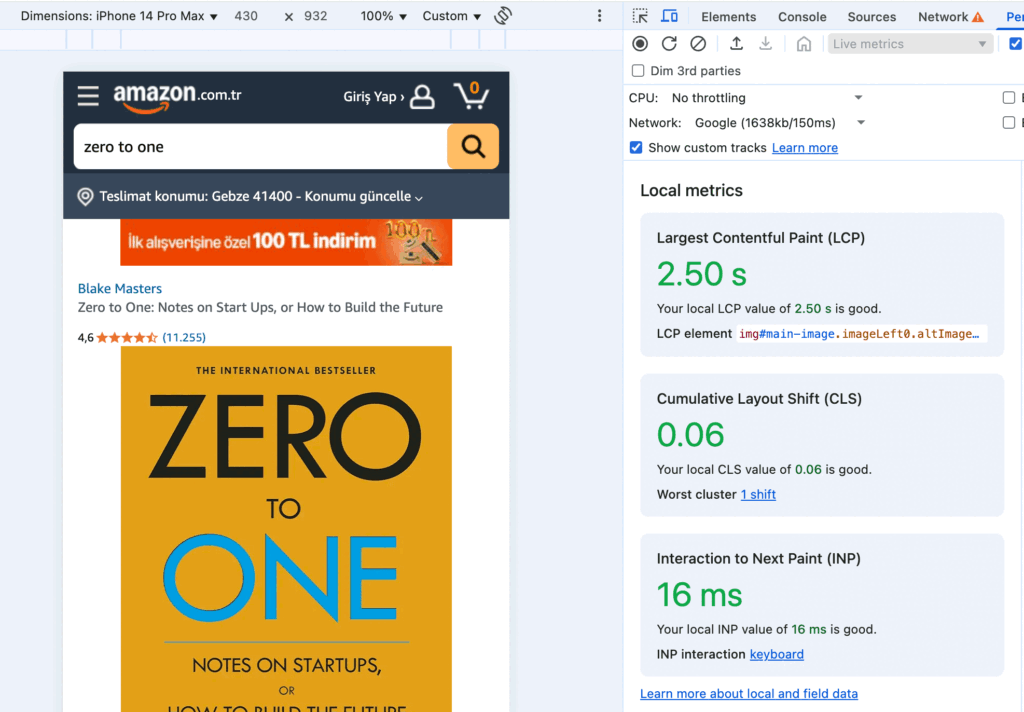
Amazon could easily afford to slow down. We see that they already have it all: FBA, unmatched logistics, endless product selection, and even flexible payment options. Most brands in their position would settle. But Amazon keeps speeding up its website and continuously working to improve page speed and checking web performance.
That’s the part we find most striking. Even with every possible advantage, they still act like speed matters. Because it does. Speed affects bounce rates, conversions, user trust: core things that never stop being relevant, no matter how big you get. So when brands with a fraction of Amazon’s resources treat performance like an afterthought, it raises a tough question: If the world’s biggest e-commerce player refuses to ignore speed, what exactly gives smaller brands the confidence to do so?
Nike Test Results
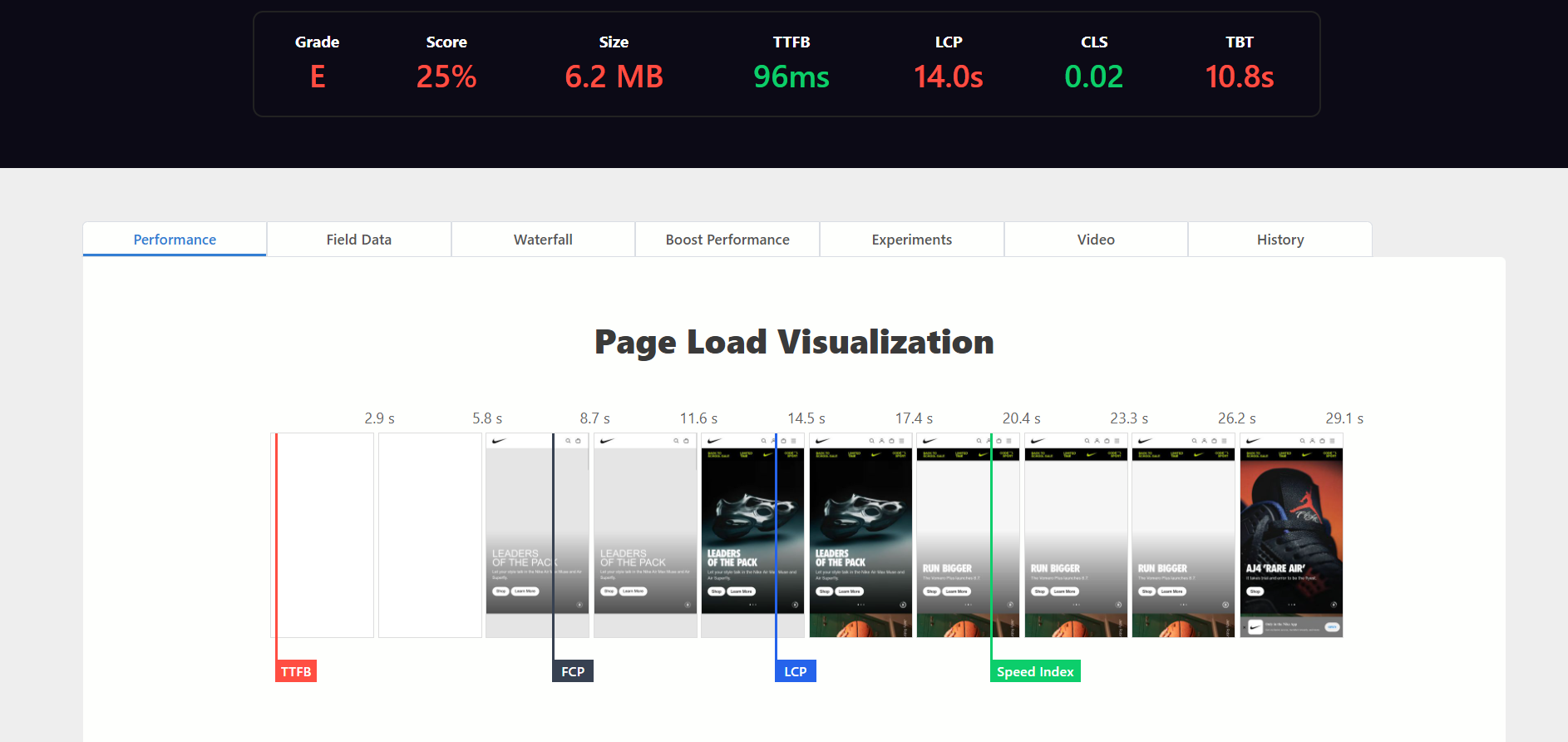
Nike is a cultural icon with global reach and stunning visuals. But when it comes to site performance? The results are disappointing.
Despite a solid TTFB, Nike’s LCP clocks in at a massive 14 seconds. That means users on slower connections are left waiting, sometimes staring at a blank screen for several seconds, before anything meaningful appears. It’s not just a technical issue; it’s a brand experience issue. Users don’t associate a 14-second wait with innovation and speed. They associate it with frustration. And in a mobile-first world, that delay can cost both sales and trust.
Nike isn’t an eCommerce-first company: its core business still revolves around physical products. But this test highlights the gap: design and branding alone can’t carry digital performance. Not anymore.
Apple Test Results
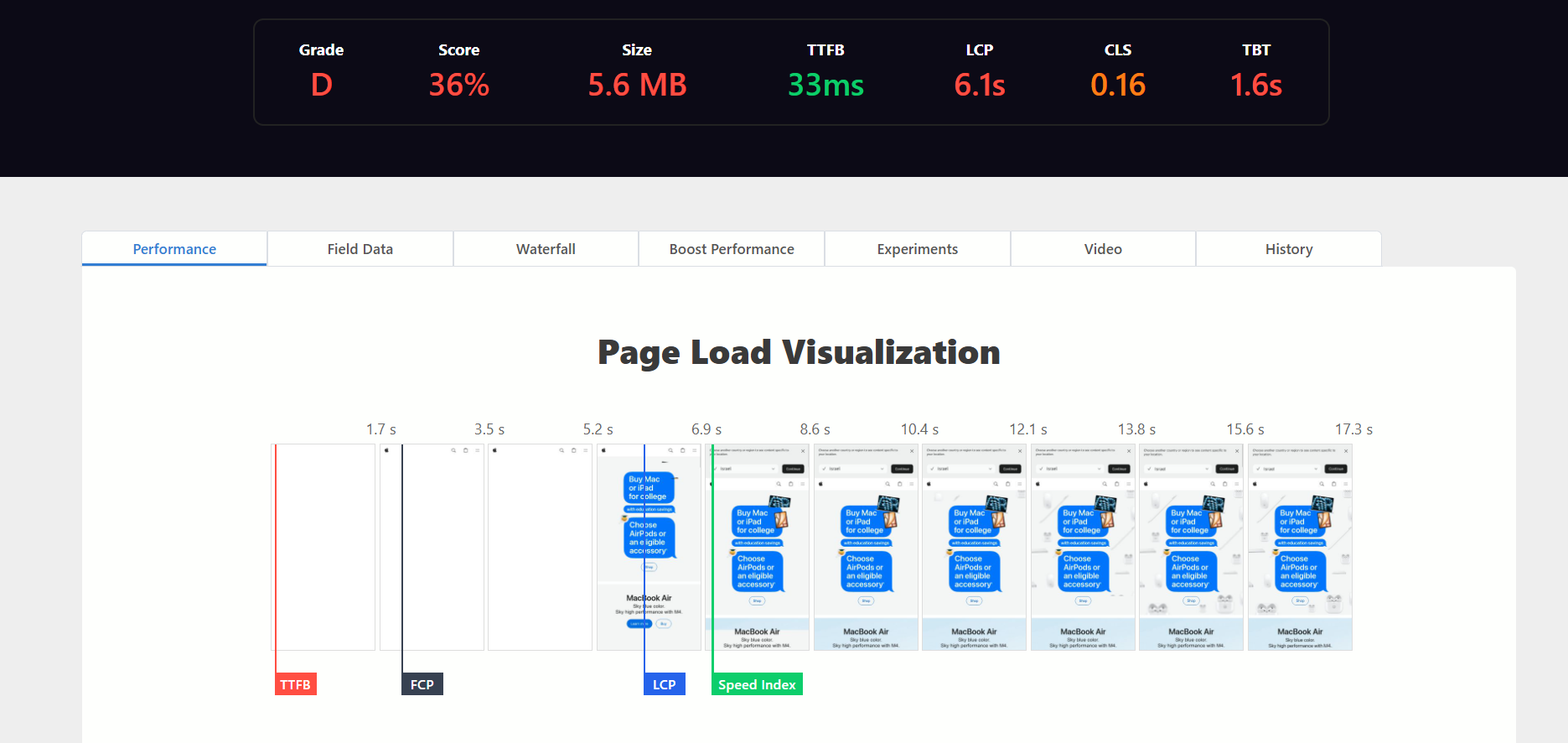
Apple has built its reputation on premium experiences and cutting-edge performance, but it’s crucial to check web performance because on the web, it doesn’t quite live up to its own standard.
The homepage LCP clocks in at 6.1 seconds. That’s twice the acceptable threshold for what’s considered a “fast” site, and well beyond what users expect from a brand that positions itself around innovation and efficiency.
This gap reveals a pattern. Like Nike, Apple is not fundamentally an eCommerce company. Product discovery may happen online, but the transaction itself is not the business’s main engine. As a result, site speed is often overshadowed by visual design and marketing objectives. But the stakes are real. A website that loads slowly undermines the very values Apple is known for: smoothness, precision, and performance.
3DLines Test Results


At first glance, 3dlines.com seems like a high-performing site: the test scores look great, it boasts a Largest Contentful Paint (LCP) of 0.8.
But here’s the catch: when you visit the site as a real user, the page doesn’t actually load, at least not until you move your mouse. All you see at first is the logo and header. The rest of the content? It sits in the background, waiting for user interaction before it even attempts to load. While it may help pass automated audits, this approach misleads both tools and users. Metrics like LCP are meant to reflect real experience not be bypassed through scripted tricks.
Optimizing for numbers instead of people might make a site look good on paper, but it doesn’t hold up in reality because real performance isn’t about tricking tools, it’s about the experience you deliver.
Globaliser Test Results
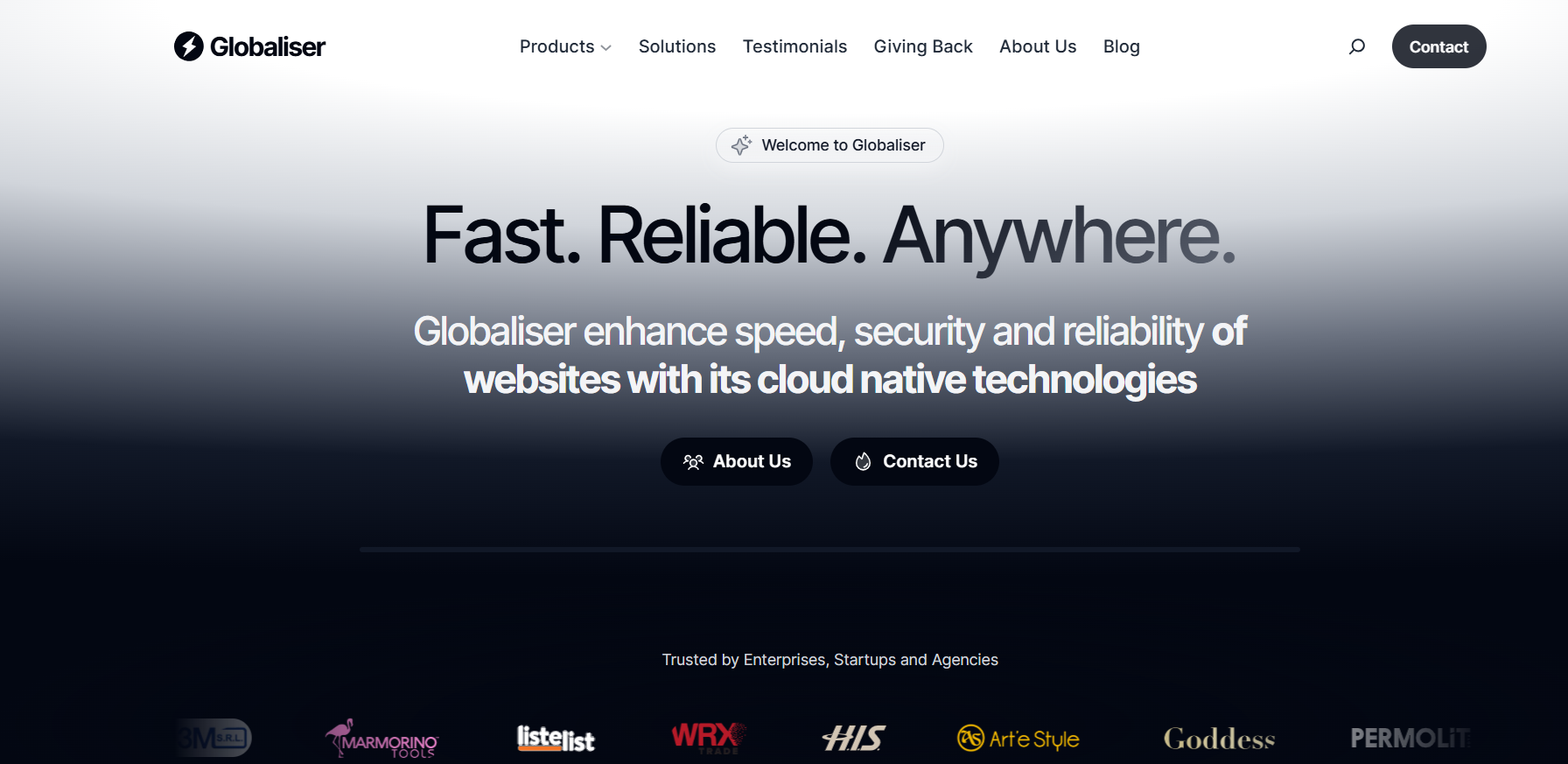

While Amazon and Google have massive engineering teams and custom-built infrastructure, our results show that it’s possible to outperform them with a lean, focused approach. We don’t use tricks like lazy-loading key elements, deferring real content, or selectively optimizing just for lab environments. Instead, we focus on actual performance and consistently check web performance—the kind that improves how fast real users see and interact with content.
Our LCP score of 1.6 seconds wasn’t achieved by gaming the test, but by optimizing what matters. It’s a real-world speed -not a lab-only result- and that’s what makes it meaningful. When the goal is true speed, not just good numbers, even smaller teams can deliver results that rival or surpass the biggest players.
Conclusion: Speed Isn’t Just Technical – It’s Transformational
In the digital world, speed isn’t a luxury, it’s a competitive edge. Every extra milliseconds costs you visitors, sales, and visibility. But when your site is blazing fast, everything changes. Rankings rise. Conversions soar. Revenue grows.
By mastering how to improve page speed and tying it into your conversion rate optimization strategies, you’re not just optimizing a website; you’re unlocking a growth engine.
Speed isn’t optional anymore, it’s your next growth lever. Discover how SpeedFirst WordPress Hosting can help you stay ahead, because in a world that moves fast, only the fastest brands lead.
